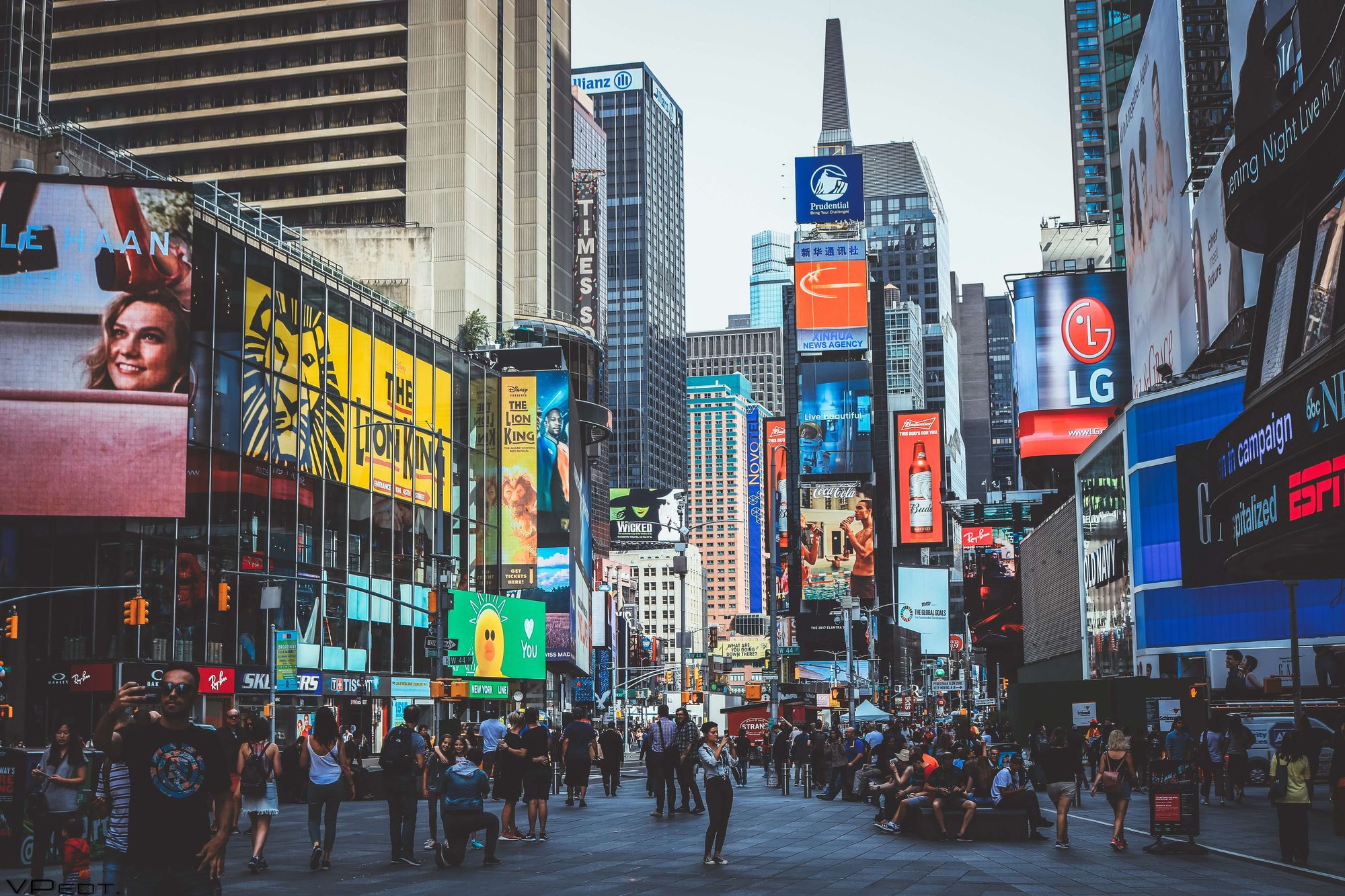Several factors influence consumer behavior, including psychological, social, cultural, personal, and economic. CMOs must understand how these factors impact the customer buying process so that they can also understand what turns a lead into a converted customer.
What is the consumer buying process?
The consumer buying process refers to the stages a customer experiences during the customer journey.
There are five steps in the consumer buying process:
- Problem recognition
- Search process
- The consideration of alternatives
- Selection stage
- Post-purchase evaluation
The complexity and time taken to pass through each stage varies for each customer.
For example, if a consumer is investing a significant sum of money and buying a house, their buying process and decision-making will be longer, in comparison to a consumer making a comparatively small purchase.
Sometimes, the process is straightforward, and sometimes it’s convoluted. Regardless, there’s always a factor influencing the behavior of a consumer.

Factors influencing consumer behavior
Psychological factors
Perception
Consumer perception plays a key role in customer conversion; ads, promotions, social media coverage, and reviews all have a profound psychological impact on convincing a buyer that your product is a worthwhile purchase.
Learning
Each time a consumer completes a purchase, their product knowledge expands.
There are two types of learning: conditional and cognitive learning. Conditional learning relates to when a consumer is repeatedly exposed to the product, prompting a response. Cognitive learning centers on the consumer using their product knowledge to find a solution from their purchase.
Attitudes and beliefs
Consumers have preconceived notions and ideas of products, and these shape their buying decision significantly.
To establish a favorable image of their product, businesses invest strongly in marketing campaigns, with celebrity endorsements a common method used to attach value and credibility.
Social factors
Other humans have a profound effect on consumer behavior; buyers purchase products to a) imitate others, b) become socially accepted, or in many cases, both.
For example, cast your mind back to when you were a teenager: given the choice, did you pick non-branded sneakers over Nike or Adidas?
Of course not. Why? Because you wanted to fit in and be seen in the brands that had social credibility as being cool, or more expensive.
Examples of social factors influencing consumer behavior:
Family
Family life plays a crucial role in molding consumer behavior. When we see those around us buying particular products throughout our childhood, we become familiar with these brands and build a sense of trust in them.
Nostalgia then influences our consumer behavior as we transition into our adult lives.
Reference groups
A reference group is the group of people with whom a person associates themselves with. The majority of the time, the people within a reference group share buying behaviors and influence each other’s consumer habits.
Status
Individual socioeconomic status also has a huge steer on consumer behavior.
For example, the average annual salary of a CEO of a US-based company is $155,408. Conversely, the average annual salary of a manual labor worker in the US is $38,000.
The salary of the CEO presents the opportunity for a more indulgent lifestyle, while the manual worker will have to be less lavish in their spending habits.
Cultural factors
According to Adherents, there are 4,300 religions in the world, with many promoting their stance on values and ideologies relating to consumerism. In some cases, buyer behavior can be influenced by the belief systems of their respective community. For example, the Buddhist faith teaches its followers cravings, in this case purchases usually don't “make us happy,” or, if they do, this isn’t for long. Therefore, an Orthodox Buddhist, guided by this philosophy, is unlikely to indulge in an extravagant lifestyle.
Personal factors
The behavior of every consumer behavior is influenced by their personal preferences. Different personality traits produce alternative perceptions that play crucial roles in the consumer buying process.
Personal factors include:
Age
Age is perhaps the most obvious personal factor that influences consumer behavior. While a single fifteen-year-old may be interested in the latest piece of technology or a new line of beauty products, a married forty-year-old is more likely to veer towards purchases to support the family.
Income
As shown in my previous anecdote about the CEO and manual laborer, income will always be a major factor in influencing consumer decisions. Personal budget will dictate whether or not you can afford to buy a product or not.
Occupation
A consumer will make a buying decision based on their occupation. For example, if a high school teacher needs a new outfit for work, they’ll be guided by the school dress policy. On the other hand, if a self-employed personal trainer needs new gear for their job, they’ll invest in sports clothes of their own choice.
Lifestyle
We don’t all abide by the same lifestyle standards. Some people haven’t touched a drop of alcohol or smoked a cigarette in their lives, while others drink like a fish and smoke like a chimney. The same can be said for eating habits; sometimes, people eat takeaway food several times a week, while others wouldn’t touch it with a bargepole. The key point? Lifestyle influences what we buy, how often we buy it, and how much money we spend on it.
Economic factors
Personal finances
Disposable income and purchasing habits work in tandem; if you have more spare cash, you can afford to spend money on things more liberally.
Credit
It isn’t uncommon for stores to offer their customers credit to encourage them to spend more money.
Finance deals for cars are a perfect example of this. In 2020, the average price of a brand-new car was $37,876. It’s fair to say that the everyman in the street doesn’t have that kind of money banked for a rainy day. Offering finance deals and spreading the cost over monthly installments makes the purchase more accessible for the less affluent consumer.

What affects consumer behavior the most?
Many factors shape consumer behavior, and it’s impossible to pinpoint one solitary area as being the most important source of influence.
We spoke with product marketers to get their opinions on what they think influences consumer behavior the most.
“I’m going to go back to what I learned in University; I liked Freud’s ID, ego, superego model.
“Ultimately, these are the levers on which all advertising is designed to pull: your unconscious, primitive urges, your identity, and conscious reality, as well as your moral/ethical/social considerations.”
James Doman-Pipe, Head of Product Marketing at Headstart.io
“I would suggest environmental and outcome goals, and draw on this model from Charles Carver’s study, Origins, and Functions of Positive and Negative Affect: A Control-Process View.”
“To define a core value proposition, a company must understand what goals their customer is trying to achieve. These can be defined in the form of outcome (the program) and environmental goals (the system concept).
“All outcome goals are intermediary goals. They are a means to an end. And once you achieve them, they are no longer relevant.
“Environmental goals have no time dimension associated with them. These goals are always relevant.
“Let’s say that I want to make sure that I am always gainfully employed at a high-paying job. To that end, I might go to school to become a doctor.
“Getting a degree or diploma is an outcome goal. It’s a means to that end of enabling the environmental goal of always making sure that I am gainfully employed at a high-paying job.
“The way we’ve been thinking about consumer behavior is based on these concepts. What is it that the consumer wants as an environmental goal? What catalysts drive them to seek a different way to get to their environmental goal? What are the outcome goals therein? What constraints and pain points might they have that prohibit them from maintaining their environmental or outcome goals?”
Jenny Herald, VP of Product Marketing at Gtmhub
Phill Agnew, Senior Product Marketer at Hotjar, has devoted time to exploring the intricacies of consumer psychology. He sat down with our CMO, Bryony Pearce during his appearance on the Product Marketing Life podcast and discussed the topic in further detail.
What can be said with certainty is there’s no definitive reason why consumers behave how they do, and given the diversity within the market, the likelihood of this changing is slim.
However, it's important for CMOs to consider the five steps and the factors influencing buying when launching products, finding product-market fit, creating a GTM strategy, and so on.
Got some insights on consumer behavior that you're itching to share? Need help understanding your customers? Join the conversation with CMOs around the world on the CMO Alliance Community Slack channel.




 Follow us on LinkedIn
Follow us on LinkedIn




